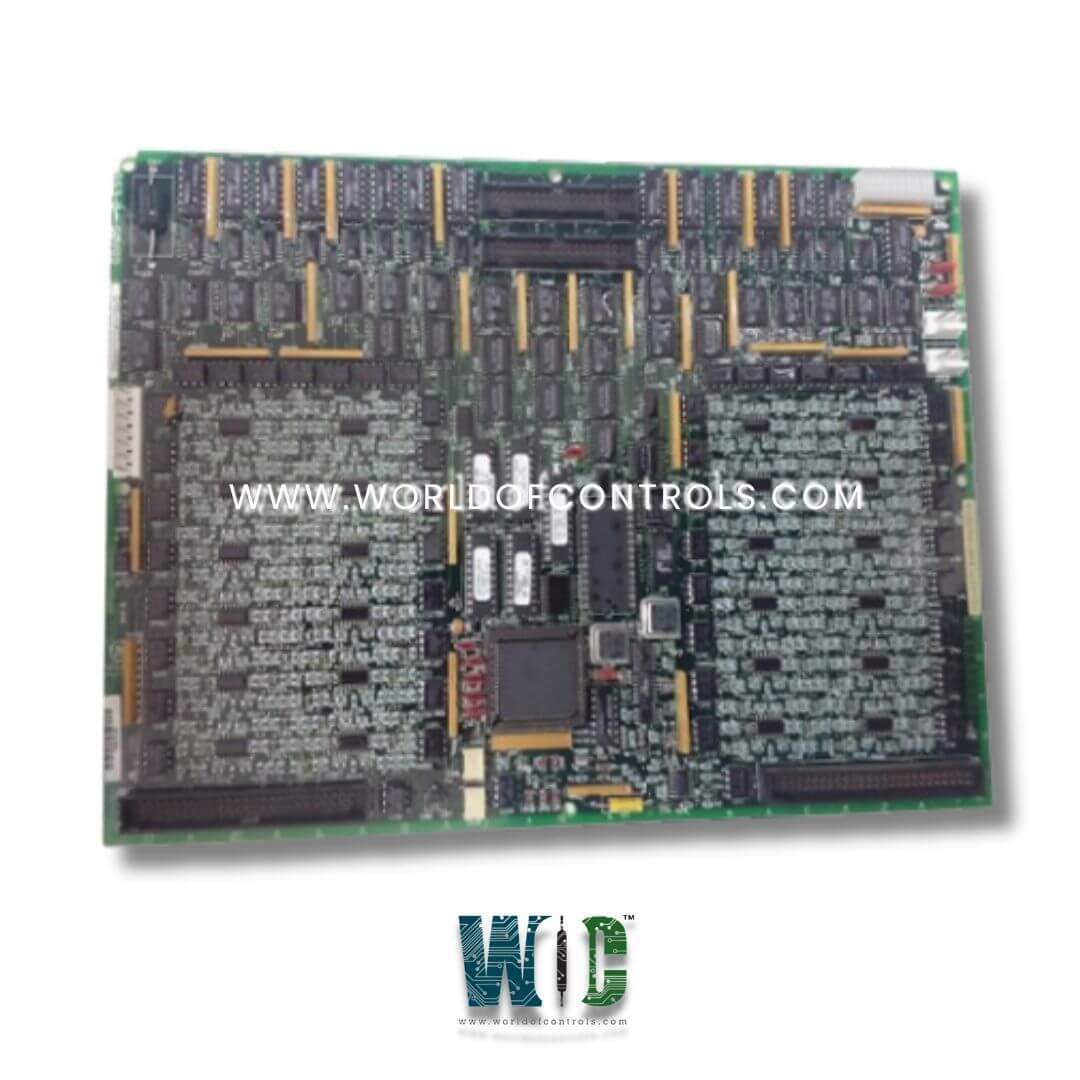
World Of Controls understands the criticality of your requirement and works towards reducing the lead time as much as possible.
DS200TCDAH1BHE - Digital I/O Board is available in stock which ships the same day.
DS200TCDAH1BHE - Digital I/O Board comes in UNUSED as well as REBUILT condition.
To avail our best deals for DS200TCDAH1BHE - Digital I/O Board, contact us and we will get back to you within 24 hours.
Part No.: DS200TCDAH1BHE
Manufacturer: General Electric
Product Type: Digital I/O Board
Product Description: Digital I/O Board
Country of Manufacture: United States (USA)
Series: Mark V
DS200TCDAH1BHE is a Digital I/O Board developed by GE. It is a part of Mark V Series. The primary function of the board is to process and route digital signals. It handles input signals from the DTBA and DTBB terminal boards, which manage contact inputs. Additionally, the board processes contact output signals, which can be from relays or solenoids, coming from the TCRA boards. These signals are then transmitted over the IONET communication network to the TCQC board in R1 and R2 (if Q21 is installed) and to the CTBA terminal board in R5. This facilitates smooth data transmission and control signals across various parts of the turbine control system.
The board includes eight hardware jumpers, which provide additional configuration and testing capabilities. These jumpers allow users to configure the board for specific system requirements or perform diagnostic tests. The functions of the jumpers are as follows:
The most extensive assortment of GE Speedtronic Mark V control replacement components is available at World of Controls. Our experts are available to assist you with your Mark V requirements at any time. Please contact WOC if you require any additional information.
What is DS200TCDAH1BHE?
It is a Digital I/O Board developed by GE.
What are the jumper settings on the board?
The board has eight jumpers that control specific functions. J1 and J8 Used for factory test. J2 and J3 Manage IONET termination resistors. J4, J5, and J6 Set the IONET ID for the board. J7 Enables the stall timer function for specific control applications.
How does the board communicate with other parts of the system?
The board communicates with other parts of the control system through the IONET network. It processes digital signals from the terminal boards (DTBA, DTBB) and sends them to the TCQC board in the R1 and R2 cores, as well as to the CTBA terminal board in the R5 core. It also transmits output signals to the TCRA boards for relay and solenoid control.
What is the role of the IONET in the board's operation?
The IONET network facilitates communication between the board and other control components within the turbine system. The board transmits and receives digital signals over the IONET network to ensure proper operation and control of various functions such as speed regulation, flame detection, and generator control.